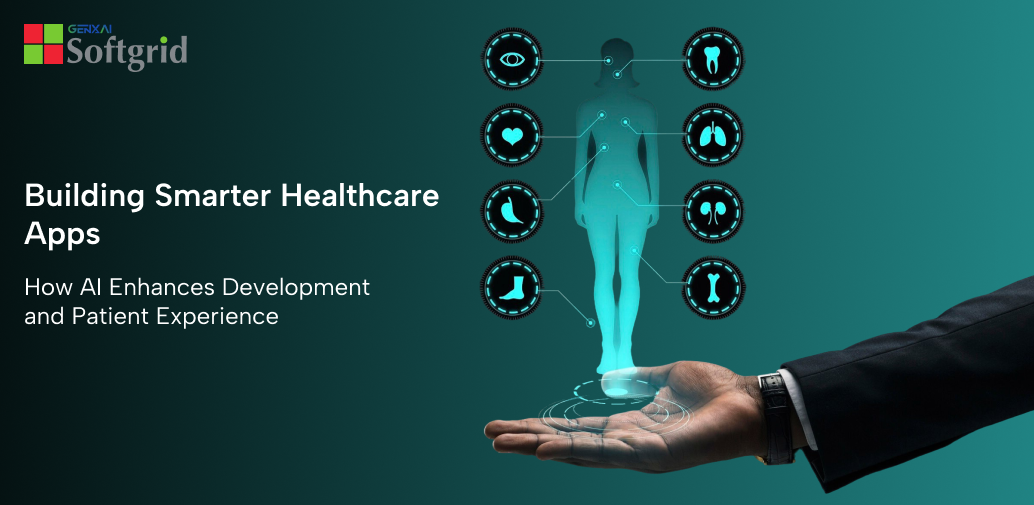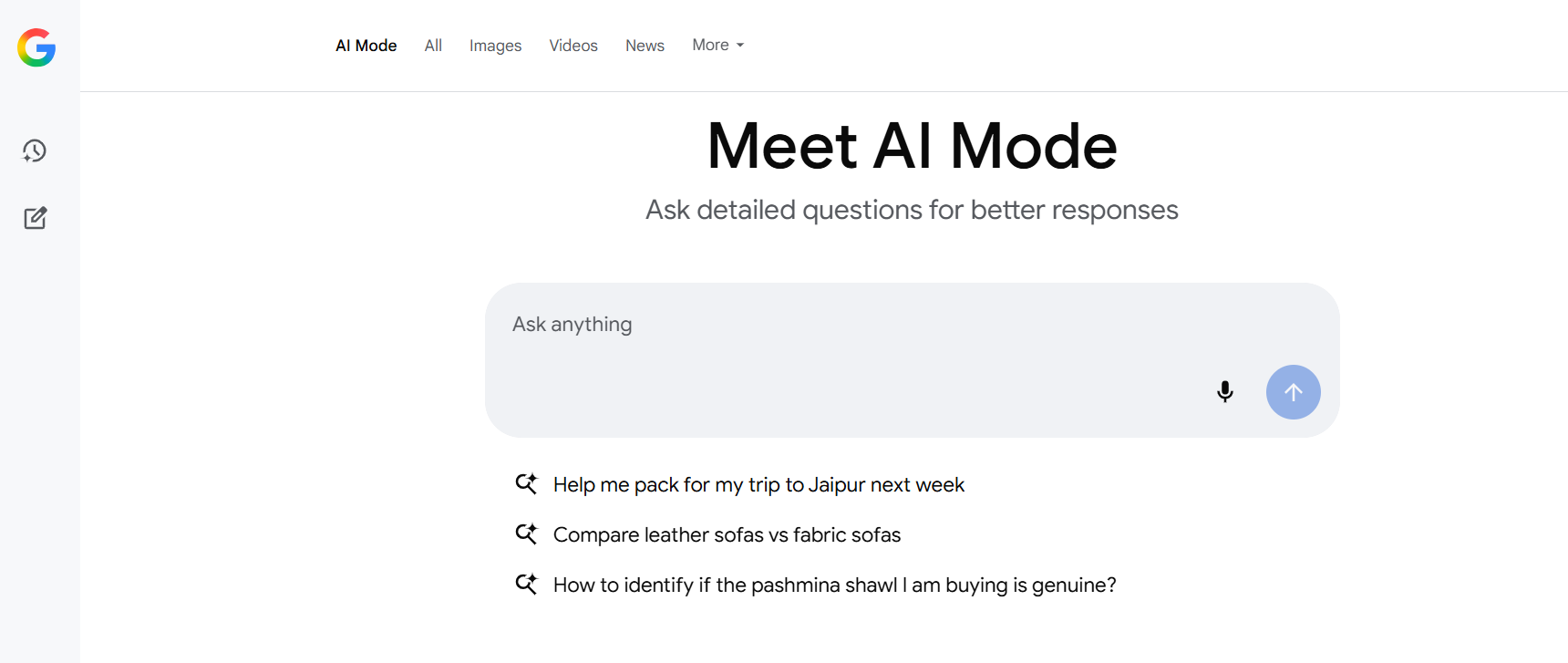In a recent development of events, an advisory board briefing was released. It examined the annual Centres for Medicare & Medicaid Services (CMS) Readmission penalties. The briefing stated that 83% of the evaluated 3,080 hospitals were penalized and were to pay the penalty in 2021.
This report brought to light a significant issue that must be immediately dealt with. Initially, patients received a plethora of papers that included prescriptions, follow-up routine, and so on. Later, Electronic Health Record (EHR) replaced the paperwork and patients were given digital access to their medical records.
But, this isn’t enough.
While some readmissions couldn’t be dodged due to the urgency of the matter, most were a product of missed follow-up appointments, poor post-discharge care, and non-adherence to medication routine.
Most hospitals have resorted to a call-centre style approach to assist their patients. However, this hasn’t really worked well. The communication and coordination could work way better in a space where Primary Care Physicians (PCP) were informed about the current health status and the follow-up could take place directly with the patient.
Here is an opportunity to upgrade the medical experience for patients by guiding them through illness and towards recovery.
Care Coordination is the Future of Healthcare
Coordination is an integral step in establishing an effective communication pattern along all the lines of medical services. A collaborative effort of primary healthcare, patients, mental healthcare professionals, and the like reflects in a good healthcare system.
Three related communication capabilities coordination is vital.
· ED visits and hospitalization should be marked with a notification sent across to PCP, or physician.
· Accessible and comprehensive healthcare records that can be scanned through for integral information by the PCP. The informational pattern should be such that one shouldn’t have to waste time searching through multiple administrative papers.
· A secured messaging that can allow communication between healthcare providers and office staff. This ensures that both the parties are clear on their stand and have adequate details. They can also communicate to clarify issues and work better.
What is the Current Status of Information Flow?
Lined with significant challenges, there have been various attempts to clear the path for good collaborative effort. Below are the ways in which communication strengthening has been tackled-
· EHR vendors and Health Information Exchanges (HIEs) have facilitated the process of sharing medical information.
· Another initiative has been through government compliance efforts. Herein direct messaging protocol and CCDAs through meaningful use have filled the electronic loop.
· CMS final rule has its base in recognizing the vitality of notification deliverance from hospitals to primary care.
Do we still lag in Communication?
Irrespective of proceeding far ahead, we still are far behind the final destination. This is because of the issues that PCPs face till date. The problems include-
· Do not receive online records forwarded by the hospital.
· Notifications lack context and are too simple to unveil the requisite information.
· Lacks information about patient’s demographics or contact details.
· The communication pattern isn’t bi-directional.
Emphasis should be laid on what the Recipient Requires
When making the information accessible to the PCP, it’s vital to consider what is of use to them rather than just sending across pages on pages that will practically make zero sense.
PCPs expect to receive “bullet” about the patient’s medical condition, especially present issues. They have no use of the educational record or repetitive passages that provide little insight into the matter.
Mostly, practitioners from outside won’t have access to a hospital’s EHR. In some cases when they do, the information piece is so exhaustive that it’s nearly impossible to segregate the important details from the superficial.
Doctors need bullet points for patients to form a clearer perspective. It should include details of the present condition, the cause, and how and why is it getting impacted.
For instance, for a patient suffering from Congestive Heart Failure (CHF), here is what the ‘bullet’ should ideally look like-
· What’s the cause for decomposition? Whether it’s a meal or skipped medication?
· The value of cardiac ejection fraction.
· Recent weight value.
· Last few BUN and Creatinine levels.
· Is it a right or left sided heart failure?
· What medication is prescribed?
· What’s the recommended dosage for medicines?
· Is the patient heading towards too dry or too wet?
· Have factors such as hypertension, dizziness, or the like accompanied the health complication?
This way the PCP would have crisp information about the complication that is encapsulated in 3-4 pages. With a gist of what the problem is and key finding, the major ‘bullets’ are needed. Most problems do not need the entire hospital record and can be well-monitored with these many details.
What is a Feasible Solution for Establishing Top-notch Communication?
Care coordination must be strengthened significantly for building a good communication pattern. For the medical faculty that we wish to see in 2021, communication that happens digitally will play a pivotal role.
· Innovative and simplistic techniques must be used to render information to PCPs. Elimination of multi-layered processes that provide cryptic data is necessary. Rather, clinically dense and quick summaries of the problem must be delivered. Answers to integral questions pertaining to the healthcare discrepancy must be provided.
· Apart from this, X-ray, lab results, and EKGs must also be forwarded for quick review.
· Information provided to the clerical staff must also be crisp and to the point. It shouldn’t be beating around the bush, which requires one to call and retrieve more.
Rather it must be such that it can directly be followed by action. Additionally, it should be bi-directional so that there is scope for asking questions and receiving satisfactory answers.
In Essence
Healthcare services have considerably moved ahead by introducing Electronic Health Record (EHR). However, the direct communication between healthcare providers, PCPs, and patients’ needs to be worked upon significantly.
This is to ensure that PCPs get clear, to-the-point data of a patient’s condition, without the need for scanning exhaustive hospital records for important information. Even clerical information should be crisp and concise.
This paves way for direct action rather than going back-and-forth with information acquisition. This is the kind of care coordination that is needed for the future healthcare system.

 Web and Full Stack
Web and Full Stack CMS and Frameworks
CMS and Frameworks Online Marketing
Online Marketing Cloud Services
Cloud Services ECommerce
ECommerce Mobile
Mobile



